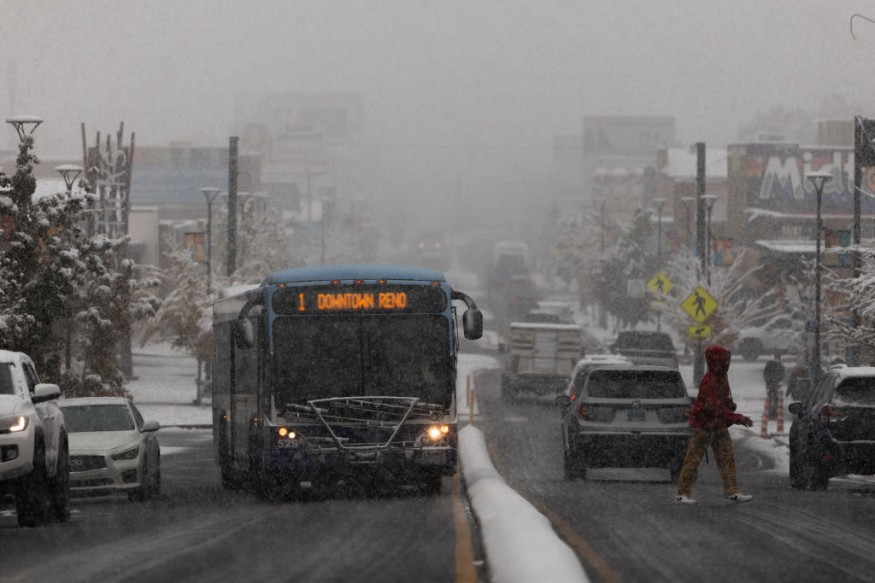A major winter storm responsible for the torrential rain, mountain snow, and cold air in the Western United States will intensify to cause blizzard conditions and a potential snowstorm in the region.
The forecast is according to US weather authorities and meteorologists, who predicted that the weather system will strike the Rocky Mountains and the Midwest, particularly from the northern Great Plains to northern Minnesota.
Over the past week, an unsettled weather has brought a barrage of heavy rain and mountain snow in the American West, where previous weather reports will be hit by at least two storms fueled by an atmospheric river, also known as a precipitation-carrying river in the sky.
Now, the said winter storm is one of the same weather disturbances being monitored by US meteorologists in the region.
Major Winter Storm

A "very active weather pattern" persists below a deep upper-level low which is forecasted to barrel towards the Great Basin this week, according to the National Weather Service (NWS) - Weather Prediction Center (WPC); which said that a strong Pacific cold front will traverse the region until Wednesday, November 9, south of a cold Arctic air mass trapped over the Rockies.
As the major winter storm settles over the Great Basin on Wednesday, the NWS - WPC said the heavy rain threat will transition into a "wintry weather threat" over parts of the Northern Rockies, prompting winter storm warnings, winter storm watches, and winter weather advisories in the region.
AccuWeather said this is the first blizzard of the season, and it is possible the storm exceeds the blizzard criteria of a quarter mile visibility or less; with winds of at least 35 miles per hour for three consecutive hours.
This will make travel to be nearly impossible, specifically along the portions of interstates 29, 90, and 94.
Blizzard conditions could mostly affect the cities of Fargo, Bismarck, and Rapid City.
AccuWeather meteorologists also warned travelers that wind gusts from the winter storm could disrupt their travel and be a hindrance for higher-profile vehicles.
The blizzard conditions can also be deadly or disruptive for flights due to poor air visibility.
US Winter Season
The US is already on the last month of its current fall season, which was marked by a combination of severe weather, drought conditions, and storms, coinciding with the ongoing Atlantic hurricane season that is also set to end on November 30.
While the winter storm hints a glimpse of a looming cold winter season, previous forecasts indicate relatively warmer weather from December to February.
In March 2021, the North American country experienced a record-breaking blizzard in its Rocky Mountains and a severe snowstorm in the upper Midwest.
The weather hazards in the same regions were also caused by a winter storm that brought heavy snow and freezing temperatures.
The weather event was also succeeded by a relatively significant winter season from late 2021 to early 2022.
© 2025 NatureWorldNews.com All rights reserved. Do not reproduce without permission.




